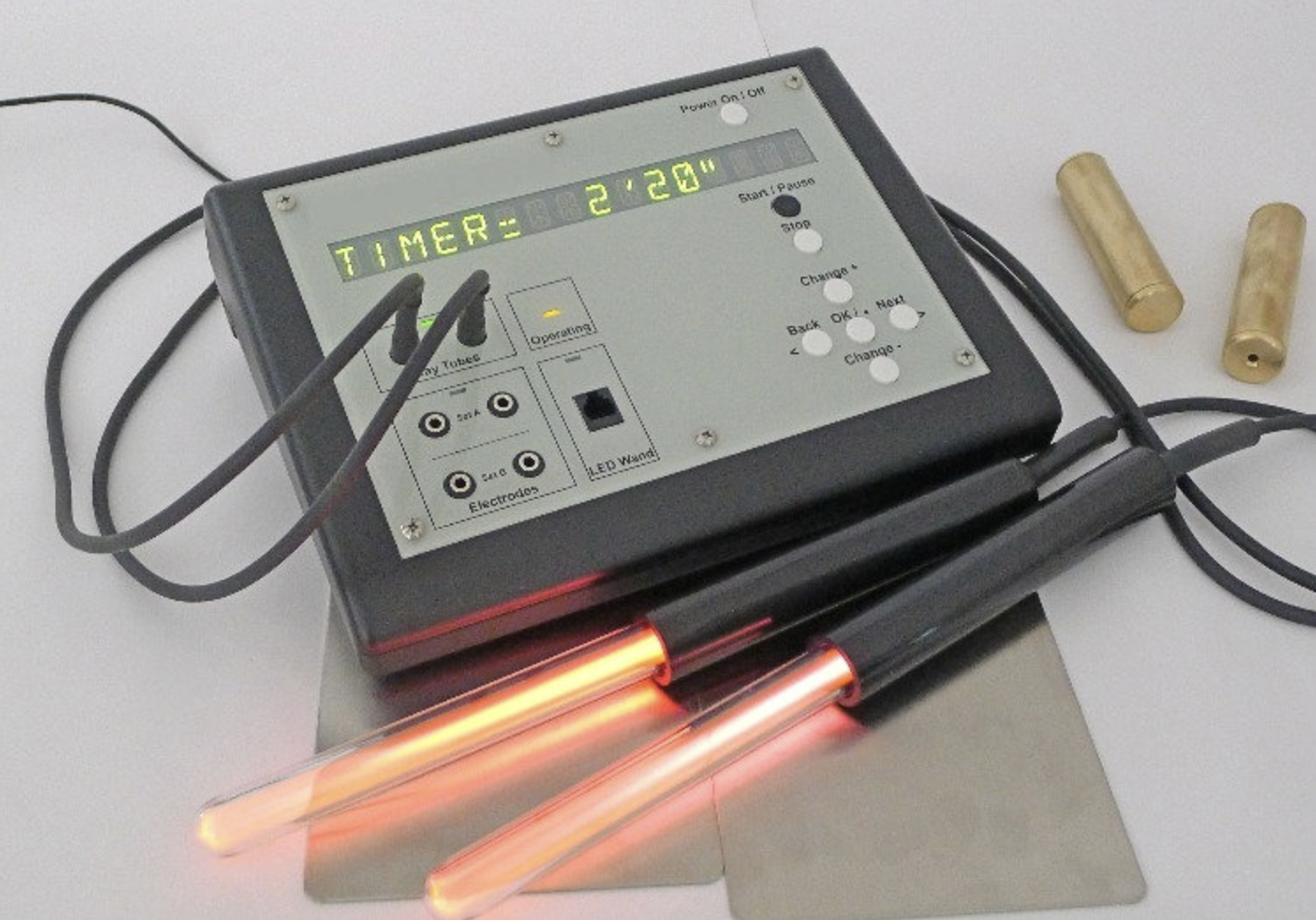Microcurrent vs. Rife Machines: Unraveling the Differences
Introduction: microcurrent vs rife
In the ever-evolving world of alternative medicine and wellness, various devices and technologies have gained popularity for their potential to promote healing and improve well-being. Two such devices, microcurrent therapy devices and Rife machines, have garnered attention for their purported therapeutic benefits. In this blog post, we will delve into the differences between these two devices, exploring their mechanisms, applications, and potential advantages. microcurrent vs rife
Understanding Microcurrent Therapy Devices:
Microcurrent therapy devices utilize low-level electrical currents, typically in the range of millionths of an ampere, to stimulate healing in cells and tissues in the body. This form of therapy aims to promote healing, reduce pain, and enhance cellular function, repair and turn-over. Microcurrent therapy devices are often used in anti-aging services, sports medicine, and pain management.
Mechanism and Application:
Microcurrent therapy devices work by delivering small electrical currents that are similar to the body’s natural bioelectrical currents. These currents have been proven* to enhance cellular energy production, stimulate the production of ATP (adenosine triphosphate), and promote tissue repair. The treatment is typically non-invasive, involving the placement of electrodes on the skin near the area of concern. Microcurrent therapy is commonly used to address conditions such as muscle and joint pain, inflammation, wound healing, and skin rejuvenation.
*read more and link to scientific research and journal articles on our Science page
Benefits and Limitations:
Microcurrent therapy is considered safe, painless, and non-invasive, making it suitable for various individuals seeking a drug-free alternative for pain management or healing purposes. It is well-tolerated and rarely associated with significant side effects. However, microcurrent therapy devices may have limited penetration depth, requiring direct contact with the skin to deliver the electrical currents effectively. Additionally, while many anecdotal reports support its efficacy, further research is needed to establish its clinical effectiveness and mechanisms of action.
Exploring Rife Machines:
Rife machines, on the other hand, are electromagnetic devices that are purported to address a wide range of health conditions through the use of specific frequencies. These machines are inspired by the work of Royal Raymond Rife, a 20th-century inventor and researcher. According to Rife’s theories, each disease or condition has a unique frequency at which it resonates, and by delivering electromagnetic frequencies that match those of the targeted microorganisms or tissues, the machine can destroy or deactivate them.
Mechanism and Application:
Rife machines generate electromagnetic frequencies that are believed to resonate with specific microorganisms or cells. They typically involve the transmission of these frequencies through electrodes or plasma tubes, which are placed in close proximity to the body. Proponents of Rife machines claim that the targeted frequencies disrupt the pathogens or cells, leading to their destruction or neutralization. Rife machines have been promoted as a treatment option for conditions such as cancer, Lyme disease, and chronic pain.
Benefits and Limitations:
Advocates of Rife machines believe that they offer a non-invasive and drug-free approach to address various health conditions. They argue that by targeting specific frequencies, Rife machines can eliminate pathogens or normalize cellular function, leading to improved health. However, it is important to note that the theories behind Rife machines and their proposed effectiveness have been met with significant skepticism from the scientific and medical communities. Limited scientific evidence exists to support their claims, and the use of Rife machines is not widely accepted as a standard medical practice.
Conclusion:
Microcurrent therapy devices and Rife machines represent two distinct approaches to alternative therapy, utilizing electrical currents and electromagnetic frequencies, respectively. Microcurrent therapy focuses on utilizing low-level electrical currents that stimulate healing and cellular function, repair and turn-over, while Rife machines claim to target specific frequencies to address pathogens and promote over-all health. While microcurrent therapy has gained recognition in anti-aging services and pain management, Rife machines remain controversial

